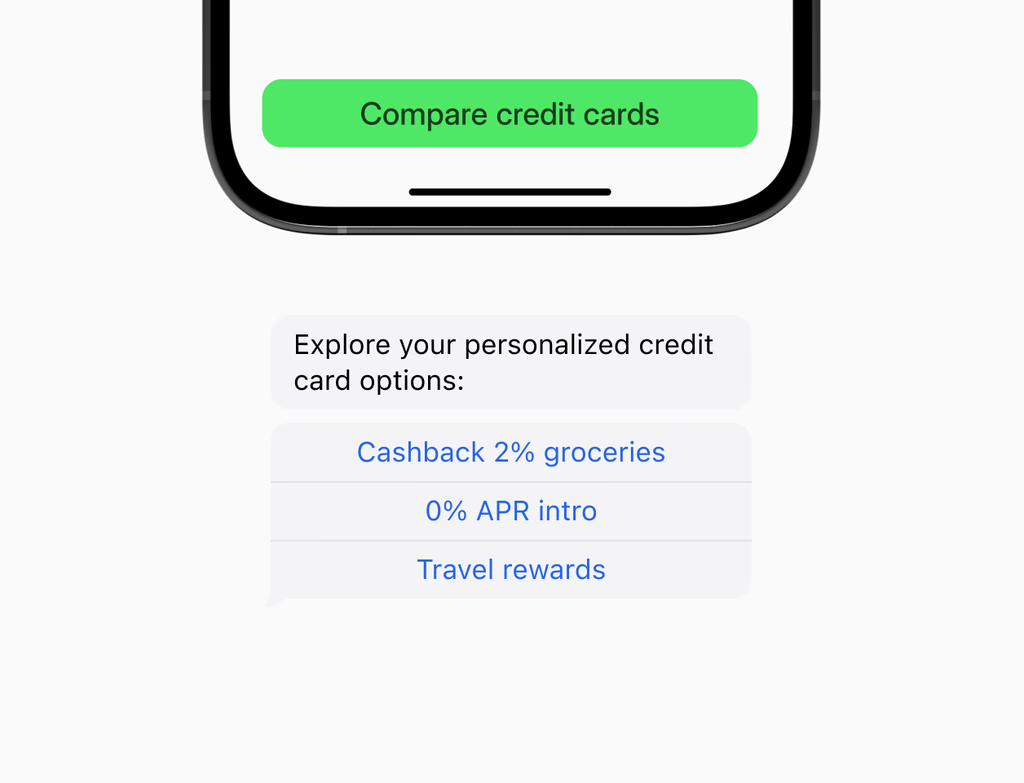How does Content Personalization make our website visits more effective?
Content Personalization ensures every website visit is relevant by dynamically swapping out elements like headlines, calls-to-action (CTAs), images, and entire blocks of content. This personalization is based on real-time data about who the visitor is and what actions they have taken.
The key benefit is driving higher conversions by matching the content to the visitor's intent. The Hoop platform allows you to personalize content at scale while fully respecting user privacy and consent settings. This results in a coherent, intentional journey for the customer.
What types of customer data can be used for effective content targeting?
You can leverage a variety of real customer data points to segment your audience and trigger relevant content delivery. The Content Personalization feature uses information directly from your CRM and real-time behavior to make content meaningful and conversion-focused.
Data you can use includes:
- Profile fields and attributes like industry, plan, or lifecycle stage.
- Behavioral triggers, such as page views or engagement patterns.
- Firmographic fields and recent actions.
- Geography and device type, allowing content to adapt for location and screen size.
Remember to always honor consent preferences and set clear fallbacks for any missing data to ensure a smooth experience.
How quickly can our team set up Content Personalization on Hoop?
Setting up Content Personalization on Hoop is designed for efficiency, offering a fast time-to-value. The initial setup involves integrating your CRM data, defining key segments, and creating content variants. Once your data is flowing, you can begin defining personalization rules instantly.
Your team will primarily focus on:
- Connecting your customer data sources and defining the data fields for targeting.
- Creating content variants for headlines, CTAs, and body text.
- Setting up rules based on attributes (segmentation) and behaviors (triggers).
You can begin small by personalizing a single high-traffic page and then scale up as you prove lift through experimentation.
Which pricing plans include access to Content Personalization features?
The Content Personalization feature is available across a range of Hoop pricing tiers to suit different business needs. Customers on the core, pro, and enterprise plans can all access this powerful capability.
Access and usage limits often scale with the plan:
- Core plans typically include basic segmentation and a limited number of active personalization rules.
- Pro plans unlock advanced behavioral targeting and multi-variate A/B testing capabilities.
- Enterprise plans offer unlimited scale, dedicated support, and deep integrations with other major platforms.
Review the specifics of your Hoop plan to understand your current personalization allowances, including the volume of impressions or segments you can manage simultaneously.
How does Hoop ensure privacy and data control with personalized content?
Hoop prioritizes user privacy and maintains strict data governance standards for Content Personalization. The platform is designed to be transparent and trustworthy, giving you control over customer data usage.
To maintain compliance and trust, the system features:
- Mechanisms to honor all user consent preferences automatically.
- A system for providing non-personalized content (fallbacks) when customer data is unknown or consent is lacking.
- Logging of all changes and targeting rules to ensure a clear audit trail.
This commitment means you can deliver relevant experiences confidently, knowing that privacy is respected at every touchpoint.
What are the best practices for experimenting and validating personalization impact?
Experimentation is crucial for maximizing the return on your Content Personalization efforts. Hoop supports robust A/B testing capabilities, allowing you to validate that your personalized content is truly driving improvement over generic content.
We recommend a systematic approach:
First, always test your personalized variants against a control group to statistically prove the increase (or "lift") in conversions. Second, use the built-in reporting tools to identify precisely which segments are providing the biggest positive impact on your key metrics.
To avoid over-targeting, start with broad segments and use evidence from your experiments to refine and narrow them over time. This data-driven process ensures your personalization is always sensible and effective.



.avif)





